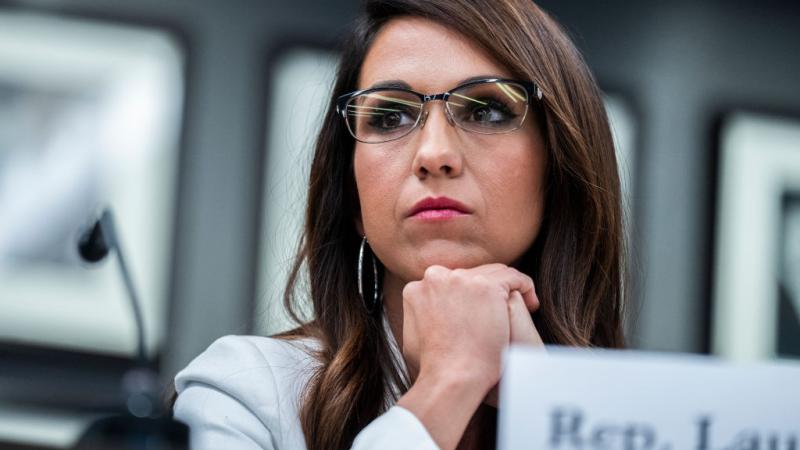California to spend $1.9 billion more on public EV chargers as EV sales collapse
Under California’s mandate banning sales of fossil-fuel vehicles by 2035, ZEVs must reach 35% of sales by model year 2026.
(The Center Square) - California Governor Gavin Newsom is pushing ahead with $1.9 billion in state spending on a public electric vehicle charging network as EV sales plummet. The state aims to build 40,000 chargers, compared to the just over 10,000 EV fast chargers it currently has.
“Our clean transportation future is here with more than 1 in 4 new cars sold in our state being electric. That’s why California is building a bigger and better zero-emission charging network – the most extensive in the nation,” said Newsom in a statement.
Should the state spend the allocated $1.7 billion out of the $1.9 billion on 30,000 chargers, each charger will cost nearly $60,000.
California EV sales fell 10% in the last quarter of 2023 compared to the previous quarter, and another 3% in the quarter before that after skyrocketing over the prior decade. Subsidies bring the cost of a new Tesla Model 3 to under $20,000 for qualifying California residents. Given that Americans pay $47,401 on average for a new car, and gas prices in California — $4.62 per gallon, compared $3.08 per gallon nationwide — are only higher in Hawaii, affordability does not appear to be driving the EV sales decline.
Under California’s mandate banning sales of fossil-fuel vehicles by 2035, ZEVs must reach 35% of sales by model year 2026. Today, ZEVs represent 25% of vehicle sales, suggesting the state’s goal of increasing EV sales 40% over today by the latter half of 2025 will be a significant challenge.
With 21% of public EV chargers not functioning due to “unresponsive or unavailable screens, payment system failures, charge initiation failures, network failures, or broken connectors,” investing in charging infrastructure could improve the availability of functioning chargers, but it’s not clear how state-funded chargers will change these underlying issues.
Another point of contention for consumers is EVs are not yielding reliability improvements over gas-powered vehicles — Consumer Reports found EVs have 79% more reliability problems than gas-powered competitors.
Newsom intends on spending $10 billion towards ZEVs, not including billions more in federal spending. But with EV charging technologies rapidly changing, cumbersome state-directed funding could lock in last-generation technology.
In the last quarter of 2019, over half the nation’s 4,000 public “fast chargers” put out less than 50 kilowatts. Two years later, the plurality of the nations’ over 10,000 “fast chargers” put out between 150 and 249 kw. By the end of 2023, almost half of the nationa’s 24,000 chargers put out between 250 and 349 kw, with the next generation of chargers — those putting out 350 kw or more — growing 39% over the previous quarter.
While gasoline cars take two minutes to refill, a 60 kilowatt-hour Tesla Model 3 8-12 hours to charge at a Tesla Destination charger, 40 minutes to 80% on a 150kwh charger, and 20 minutes on a 250khw charger. Given rapid changes in battery and charging technology, these new chargers could soon be obsolete.
California faces a $68 billion budget deficit for the 2024-2025 fiscal year, with credit ratings agency Fitch Ratings claiming the state's budget gimmicks “may weaken fiscal resilience.”














